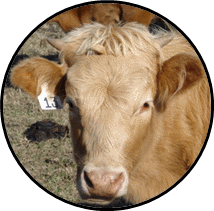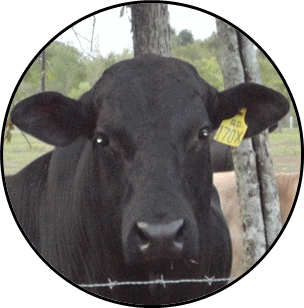
Processing Fleece
It is magical to watch as the beautiful fleeces grow each year. Shetland wool is one of the finest and softest of any breed, which makes it perfect for the hand-spinner. The eleven main Shetland fleece colors are light grey, grey, white, emsket (dusky bluish-grey), musket (light greyish-brown), shaela (dark steely-grey), black, fawn, moorit (reddish brown), mioget (honey-toned, yellowish-brown), and dark brown. In addition, there are over 30 different patterns and markings. Fleeces are removed from our sheep either by rooing or sheering, depending on the individual fleece and sheep.
Rooing is a process used to pull or “pluck” fleece off sheep. A trait of purebred Shetland sheep, and a few other primitive European short tail breeds, allows these sheep to shed their fleece naturally in late winter or spring. A Shetland sheep is ready to roo when the old fleece has a break or weak point and the new fleece is starting to grow. Rooing has been performed for hundreds of years and does not hurt the sheep if its fleece is ready to roo. It is advantageous to roo a fleece because the prior year’s growth is removed at exactly the right point, leaving the new growth softly tipped like a lamb’s fleece. There is no loss in staple length or second cuts, which can happen when a sheep is sheared.
We roo those sheep whose fleeces have a natural rise (little tufts of wool pulling away from their fleece) and the patience to stand still while we roo. Most of our sheep love the extra attention and treats they receive while being rooed. Please contact us if you are interested in our fleeces.
How to Process a Shetland Fleece











STEP 1
A sheep, like Frieda, grows wool for a year.
STEP 2
Remove the fleece from its owner by shearing or rooing. Discard belly fleece.
STEP 3
Skirt the fleece by trimming fleece edges and removing manure, debris, dirt, burrs, and matted areas. Shake fleece with cut edge up, flip fleece over and shake again. Remove second cuts. The "junk" will fall through the screen on skirting table.
The DIY skirting table pictured is 48" square, with chicken wire and is bolted onto two sawhorses.
STEP 4
Pull fleece apart and place them in lingerie bags. Shake and pick each piece as you go to remove additional VM. Approximately five lingerie bags per pound of fleece insures that the bags are not over-stuffed. Frieda's fleece is 2 pounds, 4 ounces and 11 lingerie bags were used.
STEP 5
Presoaking the wool before scouring cleans out a lot of the dirt. If you do this step, when you clean with soap the fleece it will get much cleaner and you won't have to double wash the fleece.
Fill laundry tub or bathtub with COLD water. Put in fleece-filled lingerie bags and let the fleece soak overnight. Lift bags out of water and put them on draining rack (oven racks work well). Drain tub. Soak fleece again in COLD water if drained water is very dirty. After first soak, 30 minutes is enough soaking time.
STEP 6
Scouring the fleece can be done in your washing machine or in a tub. The advantage of a washing machine is the water will be spun out. Do not agitate in your washing machine or your fleece will turn into felt!
Fill the washing machine or other tub with very hot water. Add 3/8 cup of Dawn dishwashing soap or whatever detergent you choose. Add the lingerie bags and push them down into the water. A large plastic spatula works well for this. Set timer for 45 minutes.
After 45 minutes, spin out the water and remove the bags.
STEP 7
Rinse the fleece by putting medium warm water in your washing machine or tub. Add bags and let sit for 30 minutes. Spin out water and remove fleece.
Rinse fleece again, but in cold water with a glug of vinegar. Let sit for 30 minutes. Spin out water and remove fleece.
Rinse one last time in cold water with nothing added. Let sit for 30 minutes. Spin out water and remove fleece.
STEP 8
Dry the washed fleece using sweater drying racks or whatever you prefer to use for drying. Remove fleece from lingerie bags and spread out on racks. Fluff and shake the fleece as you do this.
STEP 9
Picking the fleece helps remove remaining vegetation and fluffs up the fleece making it easier to card. Picking can be performed by hand or with the use of a fiber picker. Most picker equipment uses nails to separate the fleece. When processing a very fine fleece it is better to pick by hand. Frieda's fleece is superfine premium, so it is processed by hand. Locks are fluffed and picked, ready to be carded. You can also spin from the lock as it is. The dog comb pictured is used to comb tips of locks that are matted.
STEP 10
Carding is done with hand carders, combs, or a carding machine. A batt can be made into strips that make it easier to spin.
STEP 11
Spinning time finally!
STEP 12
Wind spun yarn on a Niddy Noddy, around a chair back or anything else that works, to make a skein of yarn.






